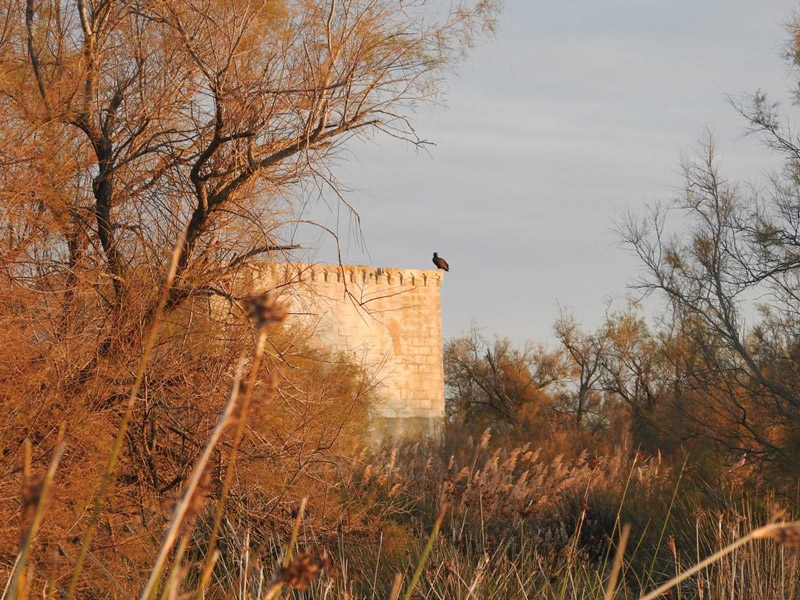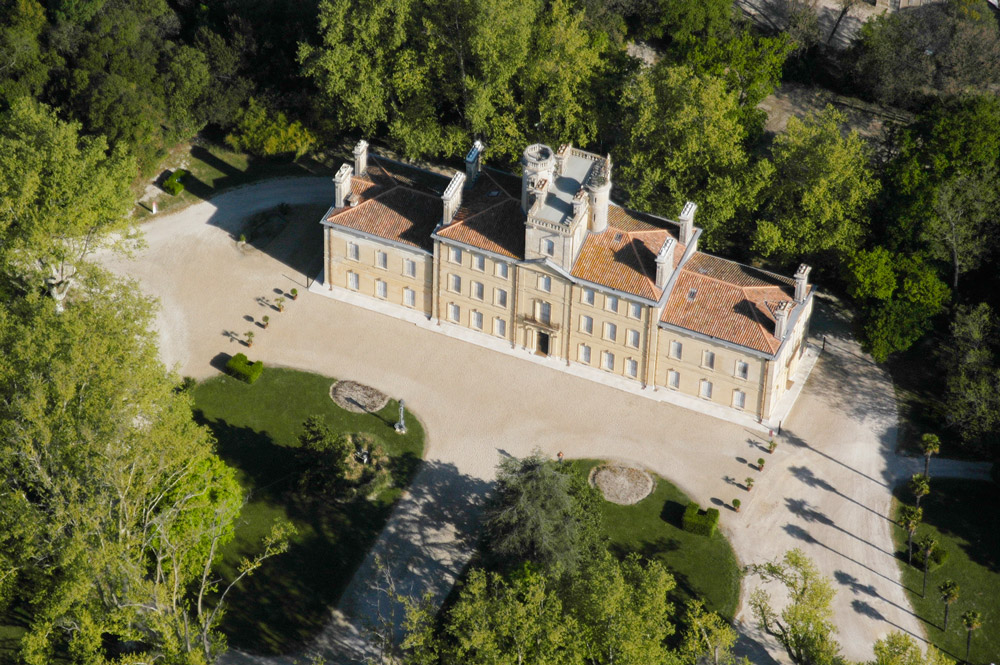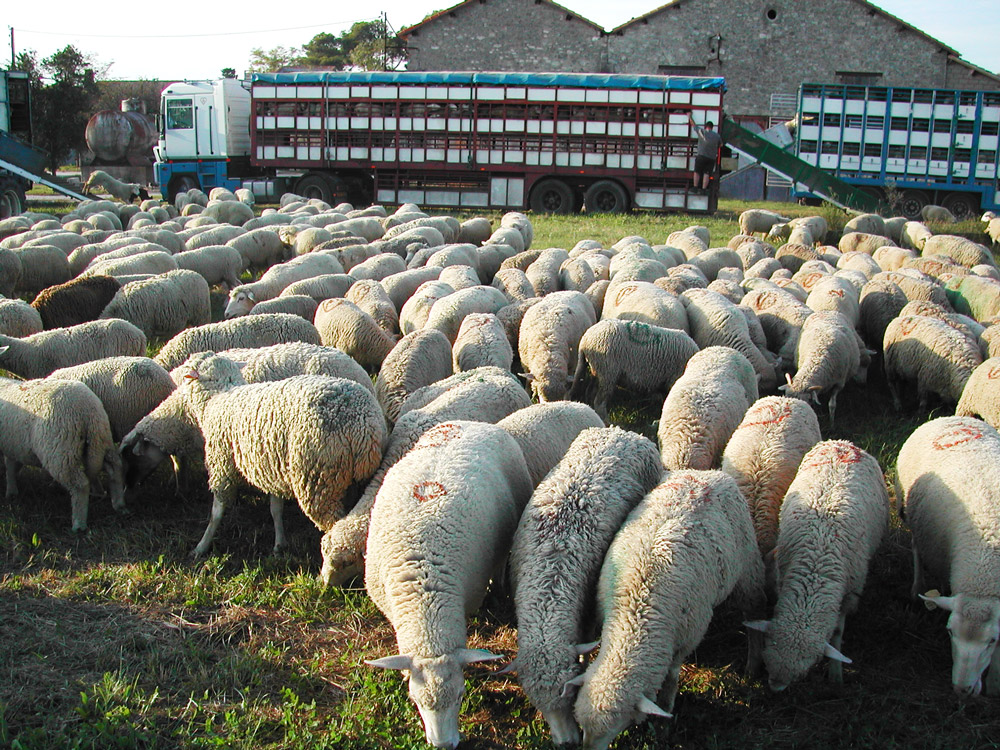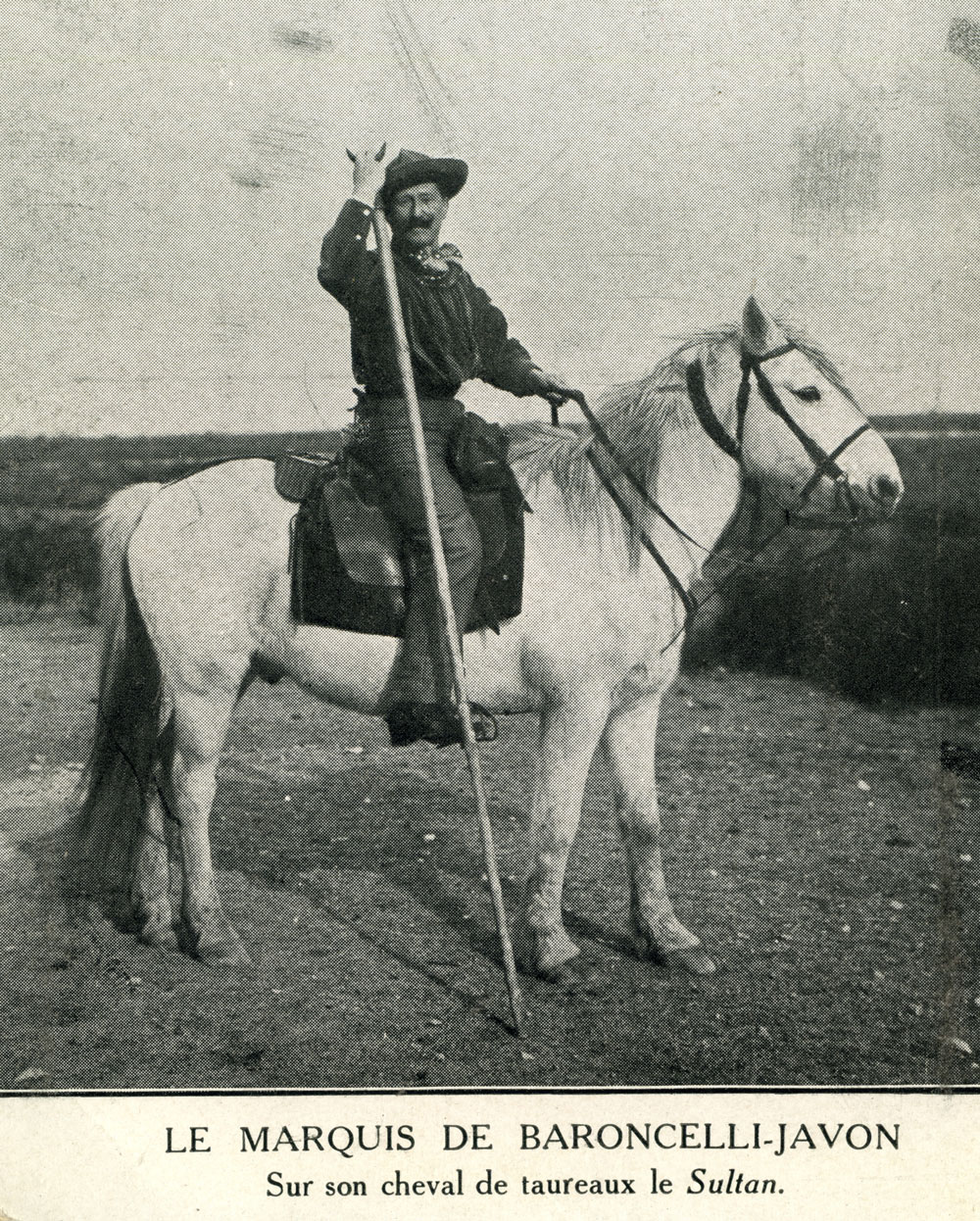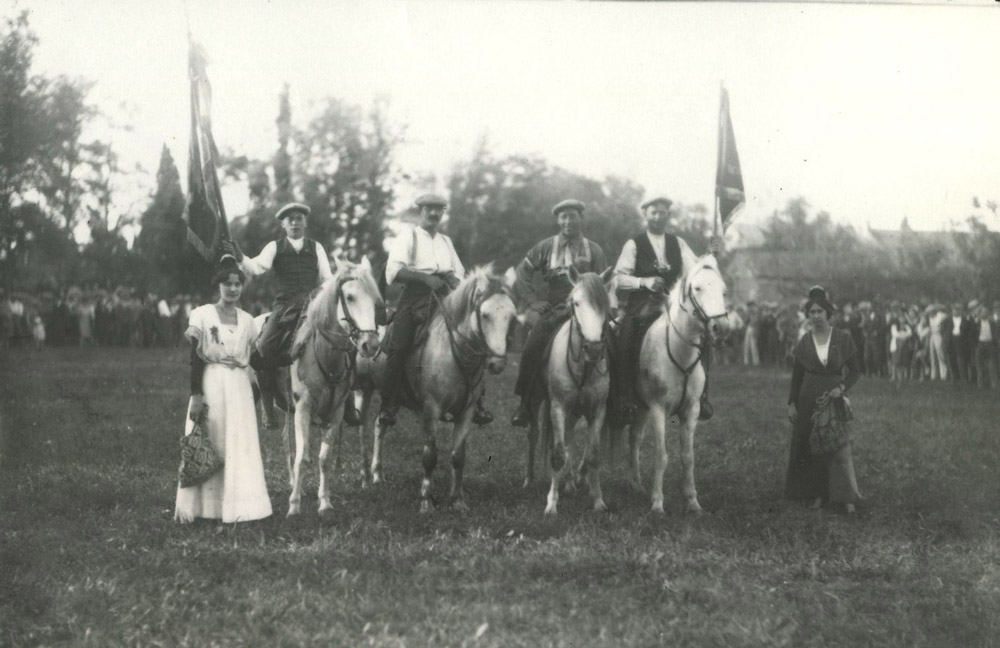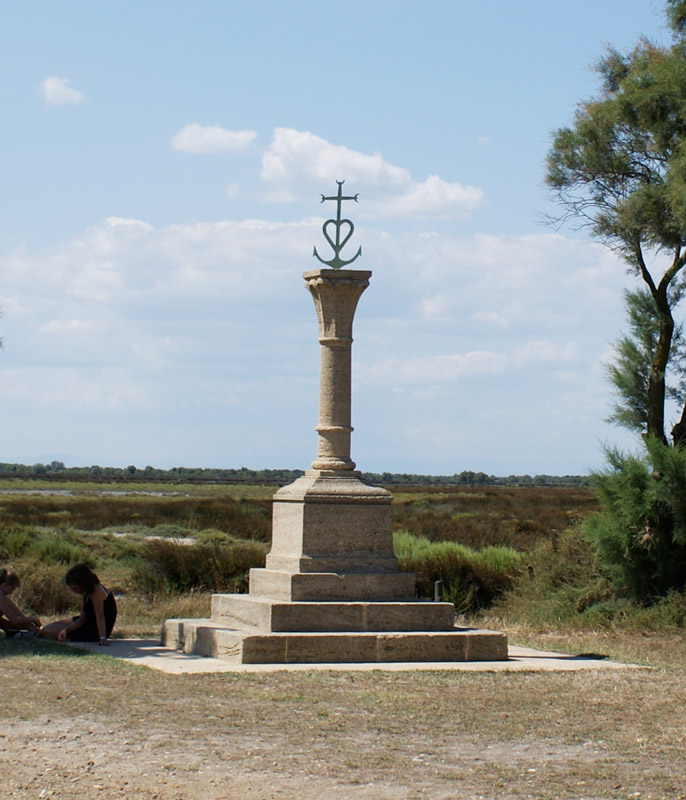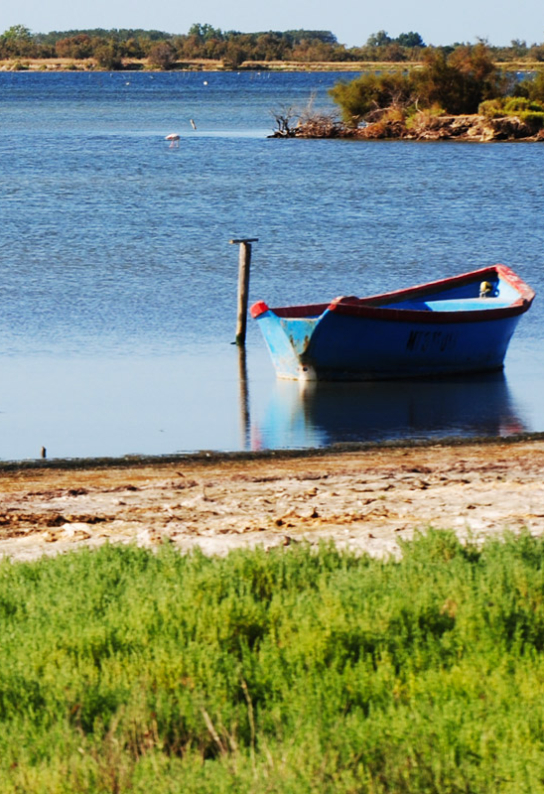The Camargue tells a single history forged by the elements: water, land and wind have met and fought here since the beginning of time.
The Camargue : a story written in the reflection of waters
Almost 3 million years ago, the first river, the Durance, filled the old Gulf from the end of the Tertiary. At the beginning of the Quaternary, about 1,6 million years ago, a second river, the Rhône, flowed into the Mediterranean and deposited its own alluviums in the east. The formation of the delta began then, disturbed by changing sea levels. It had been necessary to wait until its level stabilized, about 7,000 years ago, for environments similar to those of the lower Camargue to be formed. Nestled between the Mediterranean Sea and the two arms of the Rhône, this territory has been populated by humans only since antiquity. They exploited its resources and controlled the exchanges between the Mediterranean and the continent through the river.
Men have bowed for a long time to the strength of the waters of the Rhône. It was not until the industrial era and Napoleon III, that the State financed the containment of the Camargue under pressure from the Camargue’s big landowners. Dikes were built to defend it from floods and to put goods and livestock in safety. This is when the Camargue began to change. It became an island surrounded by dikes and dependent on hydraulic networks and water management. Today, more than 150 pumps distribute water in several hundred kilometers of canals along the two arms of the river. Water management is based on two-thirds of the collective and one-third of private funding.
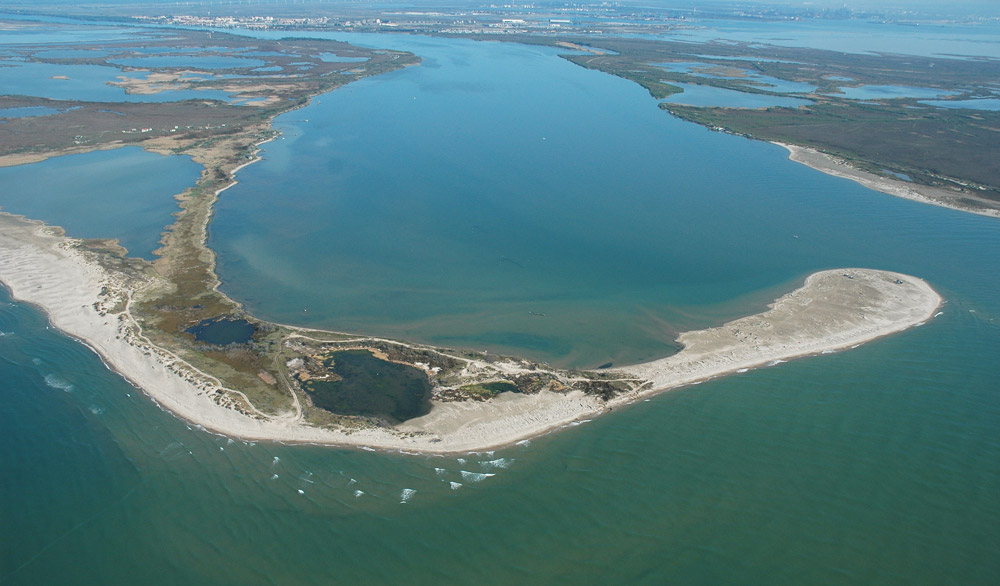
Arles: a harbor and trade crossroad
The river activity in Arles dates back to antiquity. In Roman times, the Rhône delta was highly frequented by merchant ships. Arles was an important crossroad for the commercial exchanges of the Roman world. Archaeological excavations have uncovered more than 600 objects that bear witness to this era. These treasures are preserved by the Musée Départmental de l’Arles Antique.
The church and the first builders
A lot of Christian churches were built along the branches of the Rhône in the Middle Ages. Towers and ditches were erected to protect them against invasions and pirates. At the same period, warning buoys and lighthouses were built to facilitate navigation on the Rhône.
In the north of the Camargue, crop farming, wine growing and viticulture are important activities. In the south of the Camargue, the marshes are less populated. The main economic activities are fishing and salt production. The Middle Ages was also the period of the building monks: the Cistercians built fortified abbeys, such as the Ulmet and Sylvéréal Abbey, also called the salt abbeys. Religious orders such as the Benedictines and Cistercians cleared land, structured agriculture and undertook works to protect the land against the regular Rhône floodings.
Between the 15th and 17th centuries, the Camargue became a prosperous land thanks to new hydraulic installations which organized the salt production. The harbor of Arles became an important trade crossroad.
In times of the big estates
In the 18th and 19th centuries, new land owners arrived in the Camargue. The economic activities continued to be organized and to adapt: the upper lands with an irrigation system were dedicated to agriculture. The lower and more salty lands were used for livestock. The marshes were reserved for gathering and hunting. The big estates developed cereal cultivation and sheep breeding. Between 1870 and 1942, local viticulture was saved from phylloxera thanks to the persisting submersion of the vineyards. The Chateau d’Avignon, was built in the 18th century. At the end of the 19th century it was bought by Louis Prat Noilly, a rich merchant, wine and vermouth producer from Marseille. It was a prosperous era.
The 20th century : changes and awareness raising
The Camargue evolved considerably in the 20th century. From 1942, rice cultivation experienced a significant boom. The demand was further expanded by the Marshall Plan in 1946. The Merino sheep of Arles, once strongly present in the Camargue, gradually gave way to manades with bull and horse breeding activities.
Tourism developed and attracted a new kind of visitors. From the very beginning of the century, environmental balance became an issue. It was necessary to find a new balance between economic growth and nature protection. This is why the first and biggest Réserve naturelle of France was founded in Camargue in 1927, followed by the Regional Natural Park of Camargue in 1970.
Folco de Baroncelli: “the inventor” of the Camargue
It is impossible to understand today’s Camargue without getting acquainted with Folco de Baroncelli. Born in Avignon to a family from the Florentine aristocracy in 1869, this man dedicated his life, energy and imagination to the Camargue. His name remains forever associated with this territory.
His grandmother lived in Bouillargues, in the Gard district. This is where he first saw bulls as a child and learned to speak regional, the people’s language. Later, as a student, he made a decisive encounter: he met Frédéric Mistral, poet and founder of the Félibrige, an association dedicated to the preservation of the languages and cultures of the Pays d’Oc regions.
In 1893, Folco was 24 years old and chose his destiny: he would be a manadier. He bought his first bulls and founded the “Manado Santenco” in Les Saintes-Maries-de-la-Mer. He definitely settled there in 1899. Admirer of so much determination and passion, Mistral intoned: “I entrust you the Camargue, Folco. You know it better than I do. Defend it!”. His goal? Rediscover the pure breed of the Camargue bull, crossed with Spanish bulls since the adoption of the bullfight. In 1909, he created the Nacioun gardiano, the Nation of gardianes. This association was intended to promote the Camargue traditions. It actively participated in the codification of the Course Camarguaise, a new local bull race. The Marquis was also at the origin of the Camargue cross which he had ordered from the painter Hermann Paul in 1926. At his request, the cross represented the three fundamental virtues of the Camargue people: faith, hope and charity.
All the testimonies praise the great humanity and generosity of the man. But the defining feature of his character, besides his tenacity, lies in his positions in favor of oppressed minorities. He supported the gypsies and their pilgrimage. It was at his request that Archbishop Monsignor Roques accepted that the statue of the patron saint of gypsies, Sara, was first brought to the sea in 1935. Since then, the gypsy population no longer has to hide to honor its patron. Today, thousands of pilgrims gather every year on August 15.
Unexpectedly, it was the meeting of Folco de Baroncelli with Joë Hamman, actor of the Buffalo Bill show, who consecrated the Camargue as capital of the French western. An amazing and little-known history.
The Marquis Folco de Baroncelli died in 1943 and was buried by the ruins of the Mas du Simbèu where he had lived. Every year on May 26, after the pilgrimage days in Les Saintes-Maries-de-la-Mer, the people of Camargue, the gypsies and, sometimes, descendants of the Sioux or Massai Indians come to pay a tribute to the Marquis to thank him for his support of oppressed people.
